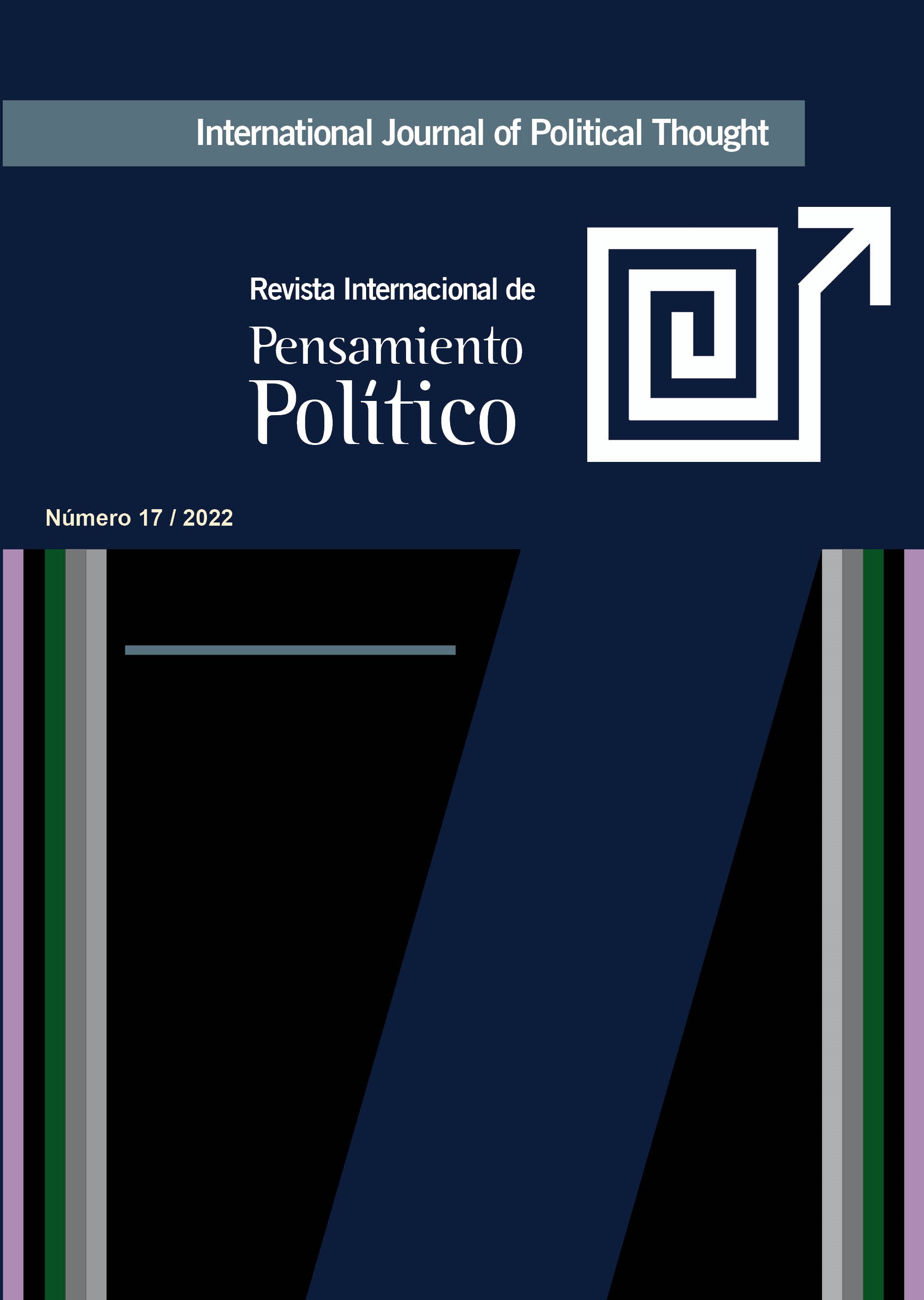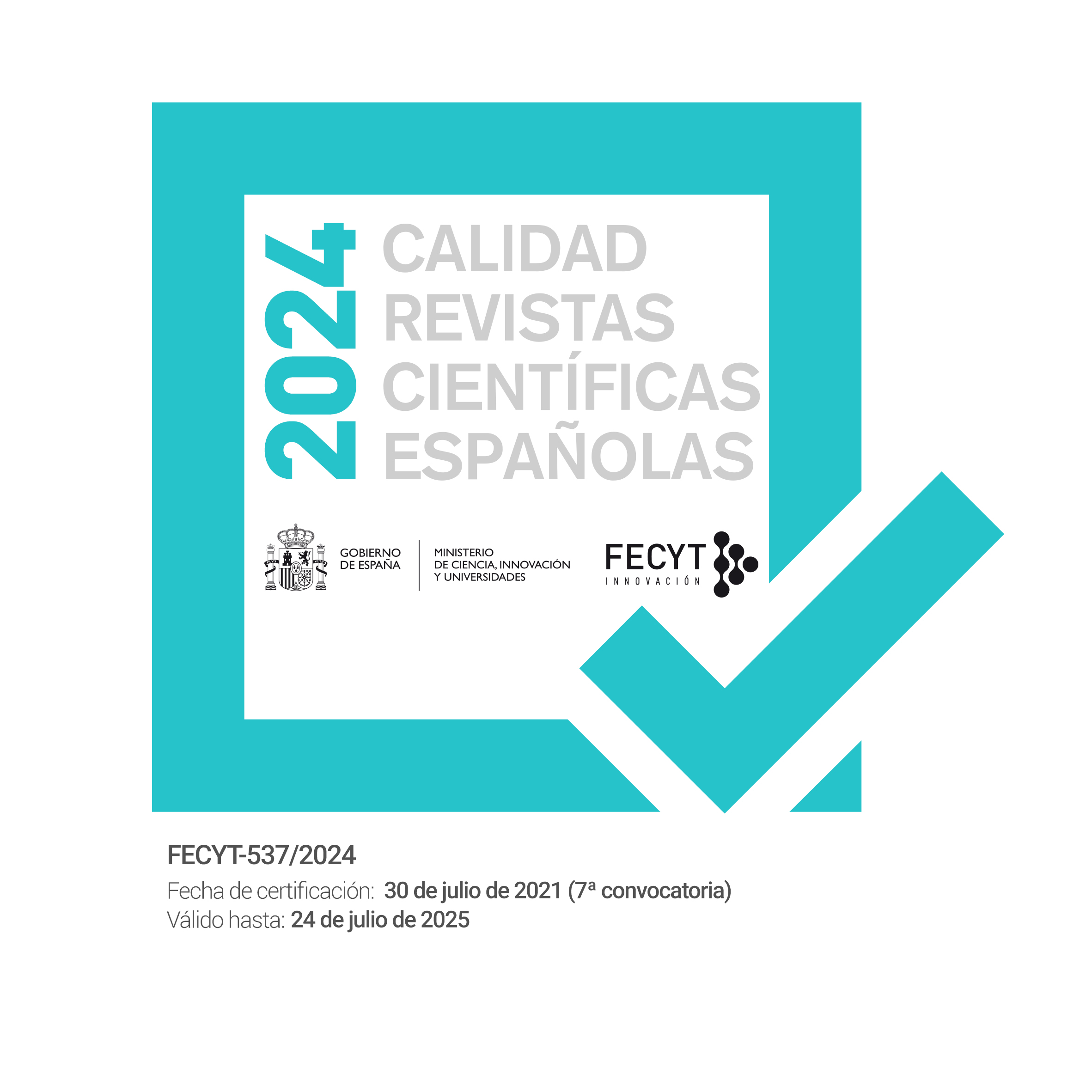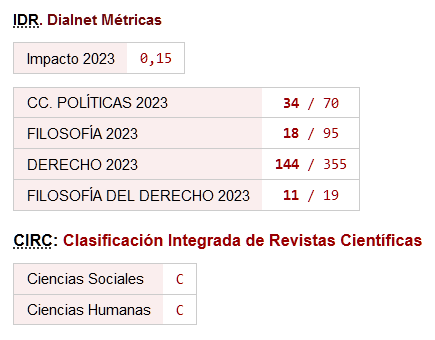Construcción de estado en “el cementerio de los imperios”
Por qué la intervención soviética y estadounidense no lograron establecer regímenes estables en Afganistán
DOI:
https://doi.org/10.46661/revintpensampolit.7407Palabras clave:
Afganistán, Intervención militar, Estabilidad del régimen, Construcción de estadoResumen
Tanto la intervención militar soviética como la de Estados Unidos fracasaron en sus respectivos esfuerzos por establecer regímenes estables en Afganistán, cuya reputación de resistencia a la ocupación extranjera y las operaciones de construcción de estado le han valido un apodo casi mítico: “el cementerio de los imperios”. Este estudio examina la historia del desarrollo del régimen en Afganistán con un enfoque en el desafío perenne de encontrar un equilibrio entre el grado de poder centralizado necesario para mantener la seguridad y desempeñar funciones estatales, por un lado, y el umbral de tolerancia para el poder centralizado entre la población tribal del país, por otro. El análisis muestra como el régimen comunista altamente centralizado establecido a través de la intervención soviética, así como el régimen democrático excesivamente descentralizado establecido a través de la intervención de los Estados Unidos, representan solo dos capítulos en la lucha histórica de Afganistán para establecer fuentes legitimas y duraderas de poder estatal centralizado.
Descargas
Citas
Andersen, D., Møller, J., Rørbæk, L. L., & Skaaning, S. E. (2014). State Capacity and Political Regime Stability. Democratization, 21(7), 1305-1325. https://doi.org/10.1080/13510347.2014.960204
Baev, P. K. (2012). How Afghanistan was Broken: The Disaster of the Soviet Intervention. International Area Studies Review, 15(3), 249-262. https://doi.org/10.1177/2233865912453802
Beetham, D. (1991). The Legitimation of Power. Macmillan. https://doi.org/10.1007/978-1-349-21599-7
Berger, M. T. (2006). From Nation-Building to State-Building: The Geopolitics of Development, the Nation-State System and the Changing Global Order. Third World Quarterly, 27(1), 5-25. https://doi.org/10.1080/01436590500368719
Bratton, M., & van de Walle, N. (1994). Neopatrimonial Regimes and Political Transitions in Africa. World Politics, 46(4), 453-489. https://doi.org/10.2307/2950715
Burnell, P. (2006). Autocratic Opening to Democracy: Why Legitimacy Matters. Third World Quarterly, 27(4), 545-562. https://doi.org/10.1080/01436590600720710
Derleth, J. W. (1988). The Soviets in Afghanistan: Can the Red Army Fight a Counterinsurgency War. Armed Forces and Society, 15(1), 33-54. https://doi.org/10.1177/0095327X8801500103
Doha Agreement. (2020). Agreement for Bringing Peace to Afghanistan Between the Islamic Emirate of Afghanistan which is not Recognized by the United States as a State and is Known as the Taliban and the United States of America.
Fjelde, H., & de Soysa, I. (2009). Coercion, Co-optation, or Cooperation?: State Capacity and the Risk of Civil War, 1961-2004. Conflict Management and Peace Science, 26(1), 5-25. https://doi.org/10.1177/0738894208097664
Ghani, A., Lockhart, C., & Carnahan, M. (2006). Returning Order to Postconflict Societies: State-Building, Constitution-Making, and Justice: An Agenda for State-Building in the Twenty-First Century. The Fletcher Forum of World Affairs Journal, 101(30), 1-12.
Ghufran, N. (2001). The Taliban and the Civil War Entanglement in Afganistan. Asian Survey, 41(3), 462-487. https://doi.org/10.1525/as.2001.41.3.462
Goldman, M. F. (1984). Soviet Military Intervention in Afghanistan: Roots & Causes. Polity, 16(3), 384-403. https://doi.org/10.2307/3234556
Hartman, T. (1985). A World Atlas of Military Conflicts, 1945-1984. Da Capo Press.
Hess, S. (2010). Coming to Terms with Neopatrimonialism: Soviet and American Nation-Building Projects in Afghanistan. Central Asian Survey, 29(2), 171-187. https://doi.org/10.1080/02634937.2010.490677
Hussaini, S. M. (2021). The Social Challenges of Modern State-Building in Afghanistan. Technium Social Sciences Journal, 16, 529-543.
Ibrahimi, S. Y. (2017). The Taliban's Islamic Emirate of Afghanistan (1996-2001): "War-Making and State-Making" as an Insurgency Strategy. Small Wars and Insurgencies, 28(6), 947-972. https://doi.org/10.1080/09592318.2017.1374598
Kalinovsky, A. (2008). Old Politics, New Diplomacy: The Geneva Accords and the Soviet Withdrawal from Afghanistan. Cold War History, 8(3), 381-404. https://doi.org/10.1080/14682740802222213
Katzman, K. (2017). Afghanistan: Post-War Governance, Security, and U.S. Policy.
Kleiner, J. (2014). How Many Lives Do the Taliban Have? Diplomacy and Statecraft, 25(4), 708-731. https://doi.org/10.1080/09592296.2014.967133
Lahoud, N. (2021). Bin Laden's Catastrophic Success: Al Qaeda Changed the World - but Not in the Way It Expected. Foreign Affairs, 100(5).
Library of Congress. (2008). Country Profile: Afghanistan (Issue 5). https://doi.org/10.1191/0969733004ne730xx
Minatti, W., & Duyvesteyn, I. (2020). Concepts of Legitimacy: Congruence and Divergence in the Afghan Conflict. Civil Wars, 22(1), 1-25. https://doi.org/10.1080/13698249.2020.1686876
Pasarlay, S. (2018). Rethinking Afghanistan's Longest-Lived Constitution: The 1931 Constitution Through the Lens of Constitutional Endurance and Performance Literature. Elon Law Review, 10(8), 283-308.
Republic of Afghanistan. (1987). Constitution of the Republic of Afghanistan. https://www.refworld.org/publisher/NATLEGBOD.html
Republic of Afghanistan. (1990). Constitution of the Republic of Afghanistan. https://digitalcommons.unl.edu/afghanenglish/
Rubin, B. R. (2006). Peace Building and State-Building in Afghanistan: Constructing Sovereignty for Whose Security? Third World Quarterly, 27(1), 175-185. https://doi.org/10.1080/01436590500370038
Shahed, K. (2018). Afghanistan: In Search for an Alternative Route to Stability. Global Policy, 9(1), 146-150. https://doi.org/10.1111/1758-5899.12516
Shaw, G., & Spencer, D. (2003). Fighting in Afghanistan: Lessons from the Soviet Intervention, 1979-89. Defense and Security Analysis, 19(2), 177-188. https://doi.org/10.1080/1475179032000083389
Sherman, Z. B. (2006). Afghanistan's Constitutions: A Comparative Study and Their Implications for Afghan Democratic Development. Naval Postgraduate School.
Sungur, Z. T. (2016). Early Modern State Formation in Afghanistan in Relation to Pashtun Tribalism. Studies in Ethnicity and Nationalism, 16(3), 437-455. https://doi.org/10.1111/sena.12211
Vafai, G. H. (2004). Afghanistan: A Country Study.
Verkoren, W., & Kamphuis, B. (2013). State Building in a Rentier State: How Development Policies Fail to Promote Democracy in Afghanistan. Development and Change, 44(3), 501-526. https://doi.org/10.1111/dech.12029
Wendt, A. (1999). Social Theory of International Politics. Cambridge University Press. https://doi.org/10.1017/CBO9780511612183
Wimmer, A., & Feinstein, Y. (2010). The Rise of the Nation-State across the World, 1816 to 2001. American Sociological Review, 75(5), 764-790. https://doi.org/10.1177/0003122410382639
Descargas
Publicado
Cómo citar
Número
Sección
Licencia
Derechos de autor 2022 Kacper Grass

Esta obra está bajo una licencia internacional Creative Commons Atribución-NoComercial-CompartirIgual 4.0.
Política de acceso abierto
Se permite el acceso libre y abierto de cualquier interesado a todos los contenidos de los números de la revista, sin costo alguno, pudiendo imprimir y trasladar todos los artículos, con la única condición de precisar la fuente y la autoría.
La revista: a) no cobra a las autorías costes por el procesamiento de los artículos ni por el envío de los mismos, b) mantiene el copyright para los autores sin restricciones, c) facilita a los autores conservar sus derechos de publicación sin limitaciones.
La Revista Internacional de Pensamiento Político es una obra original del Laboratorio de Ideas y Prácticas Políticas de la Universidad Pablo de Olavide. Todos los artículos incluidos en la Revista son obra original de sus respectivas autorías. Esta Revista se ofrece libremente a la comunidad científica y académica sin coste alguno y libera los contenidos de acuerdo a la licencia "Reconocimiento-NoComercial-CompartirIgual 4.0 CC BY-NC-SA" del proyecto Creative Commons dispuesta en la siguiente url: https://creativecommons.org/licenses/by-nc-sa/4.0/legalcode
Si deseas traducir o compilar alguno de los artículos aquí disponibles, por favor, ponte en contacto














